Blog
A Brief History of Embroidery Evolution

Embroidery is an ancient art form that people around the world have utilized for a long time. They used it to make clothes look beautiful, share stories, and convey messages by sewing pretty patterns with threads and needles. Doing this by hand takes a lot of time and skill, but how it was done and what it meant could vary in different parts of the world. In this article, we’ll examine a brief embroidery evolution and history, as well as how it has evolved over the years, including its modern transformation through digital technology that powers brands like Famkapparel.
Embroidery History Evolution in Africa
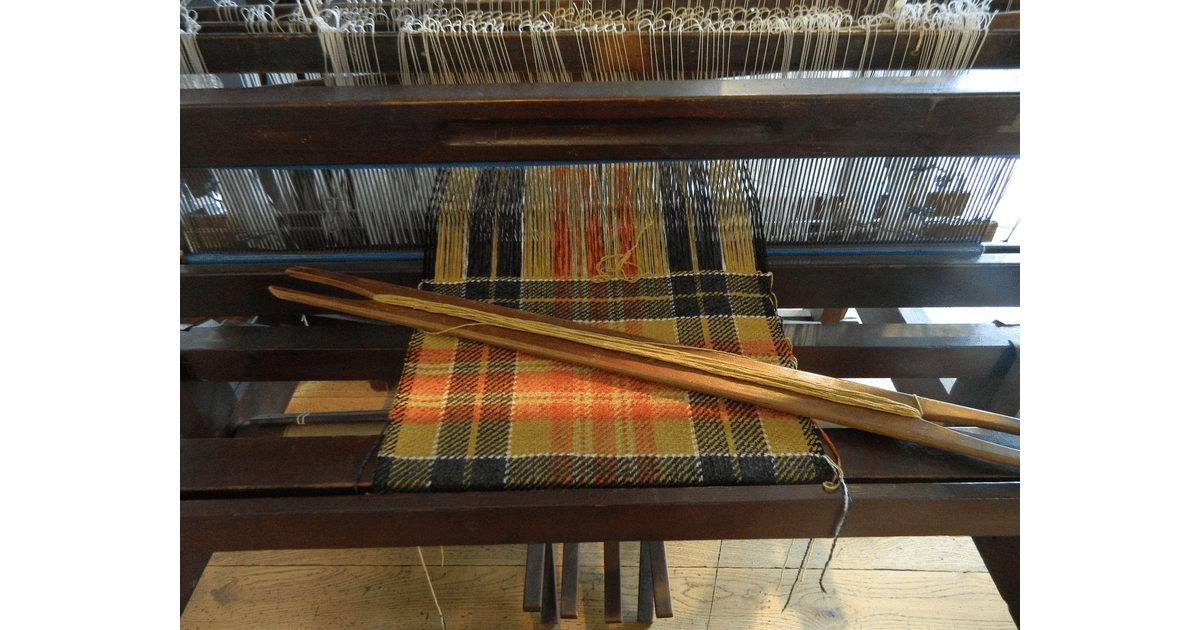
The indigenous peoples of sub-Saharan Africa have been doing embroidery for many, many years. They used it to decorate clothes, make things for their homes, and even for themselves. Even though African fashion is typically known for its colorful printed or woven fabrics and tie-dye, there was a lot of embroidery happening behind the scenes.
Places like Mali, Ghana, Nigeria, Eritrea, and Ethiopia in Africa, also known as the African Embroidery Belt, have been known for their embroidery. These countries, along with others like South Africa, Gambia, Sudan, and Zanzibar, were really good at it, as detailed in the Encyclopedia of Embroidery from Sub-Saharan Africa and the Encyclopedia of Embroidery From The Arab World by Vogelsang-Eastwood, the director of Leiden Textile Research Centre. In Nigeria, for instance, embroidery has long been a hallmark of traditional menswear like the Agbada and Kaftan, where intricate hand-stitched designs on caps and tunics signify status and cultural pride. At Famkapparel, we build on this legacy by using digital embroidery to create flaps that add modern flair to these timeless garments, preserving their cultural weight while appealing to contemporary tastes.
Both men and women in Africa took part in embroidery. In some places, like Zaria in Nigeria, embroidery was mostly dominated by men. In Zaria, women only started doing embroidery in the 1970s after watching men make the native Babban Riga for years. They realized it could be a way to make money, so it became a common thing in many African countries. This shift also paved the way for women to innovate, introducing new patterns and techniques that enriched designs, a practice that continues today as brands like Famkapparel continue the embroidery evolution. We collaborate with tailors to blend traditional and digital methods and keep the art moving.
Europe’s Early Embroidery Evolution
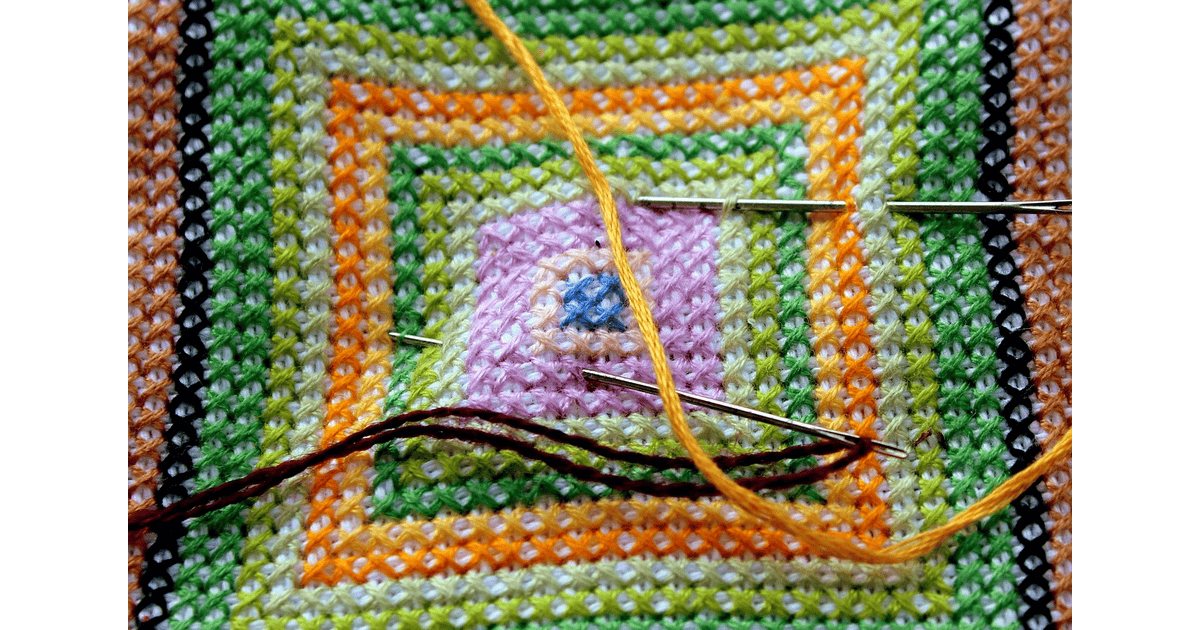
Embroidery evolution has a rich history in Europe. During the Middle Ages in Europe, there were groups of skilled embroiderers. At the time, they called them guilds. Places like France and Italy had a strong demand for high-quality embroidery, largely driven by the church. They used embroidery to decorate items used in religious ceremonies, like priest hangings, vestments, and even Bibles. Opus Anglicanum, or English work, was particularly renowned in the 13th and 14th centuries for its intricate goldwork and silk embroidery, often used in ecclesiastical garments and exported across Europe, as noted in historical textile studies by the Victoria and Albert Museum.
Besides the church, nobility also played a big role in the demand for embroidery. Kings and noble families often hired designers and embroiderers to make their clothes and decorations more beautiful. Charles Germain de Saint-Aubin, for example, worked for the French monarch Louis XV. He even wrote a book about embroidery in 1770, giving us insights into 18th-century needlework.
It’s interesting to note that, in those days, needlework was part of education, especially for girls. They used “samplers” as practice tools. These samplers had rows of sample stitches that girls practiced on until they became skilled. Once they mastered the basics, they moved on to more complex projects to show off their skills. These samplers weren’t just practice—they were often preserved as family heirlooms, showcasing a girl’s skill and creativity, much like how modern embroidery flaps at Famkapparel become cherished parts of traditional Nigerian outfits like the Agbada.
Embroidery Evolution Across Asia
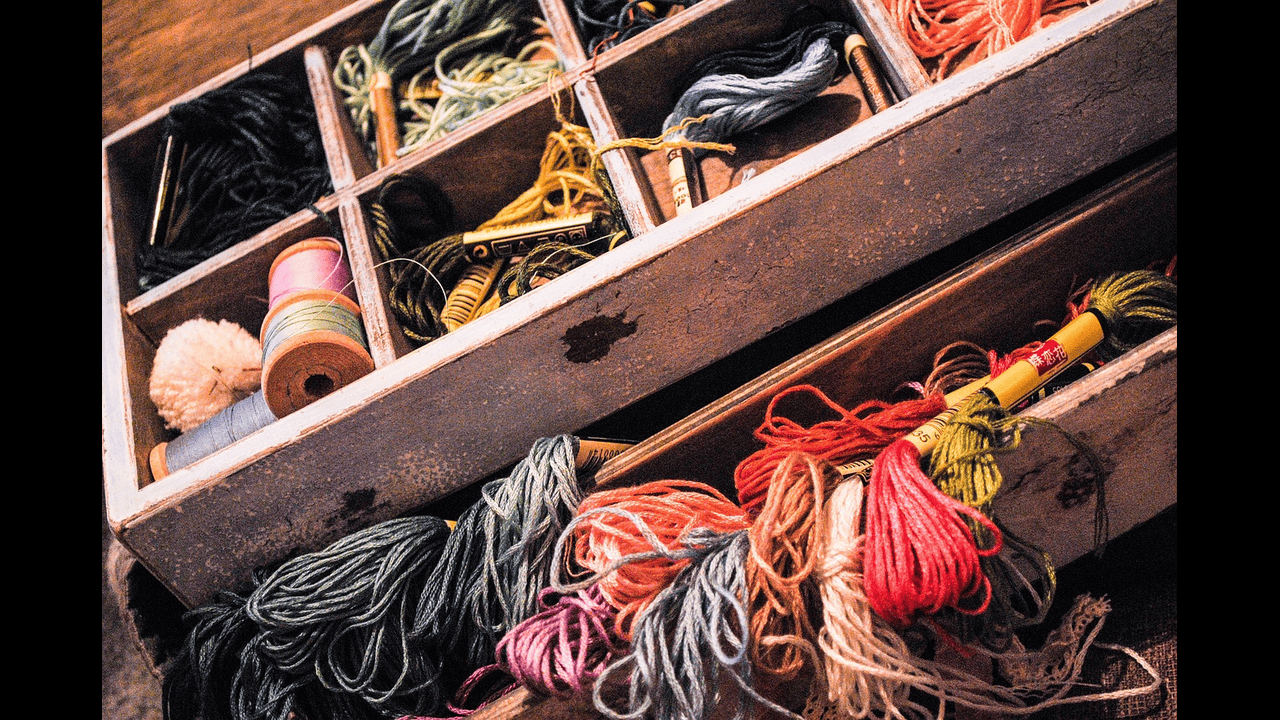
Embroidery is an integral part of Asian culture. The continent has a story that spans Central Asia, Iran, Afghanistan, and the Indian subcontinent. People here have been using embroidery to decorate clothes, animals, and homes for a long time.
Several things have shaped Asian embroidery, including shared heritage, important events, religion (mainly Islam), and trade. This mix has resulted in a wide variety of embroidery styles across different regions. For example, in India, techniques like Zardozi, a Persian-influenced style using gold and silver threads, became prominent during the Mughal era and remain popular for embellishing traditional garments, as documented in the Textile History Journal (Volume 39, 2008).
China stands out in Asian embroidery because it has a long history of creating beautiful embroidered pieces, mainly using silk. They’ve been doing this since the Neolithic Age, and it became even more significant when the Silk Route opened during the Han Dynasty, reaching its peak in the 14th century. Chinese embroidery, particularly from regions like Suzhou, is known for its delicate double-sided techniques, where the same design appears flawlessly on both sides of the fabric, a testament to the skill involved, as highlighted in UNESCO’s Intangible Cultural Heritage records.
Conclusion
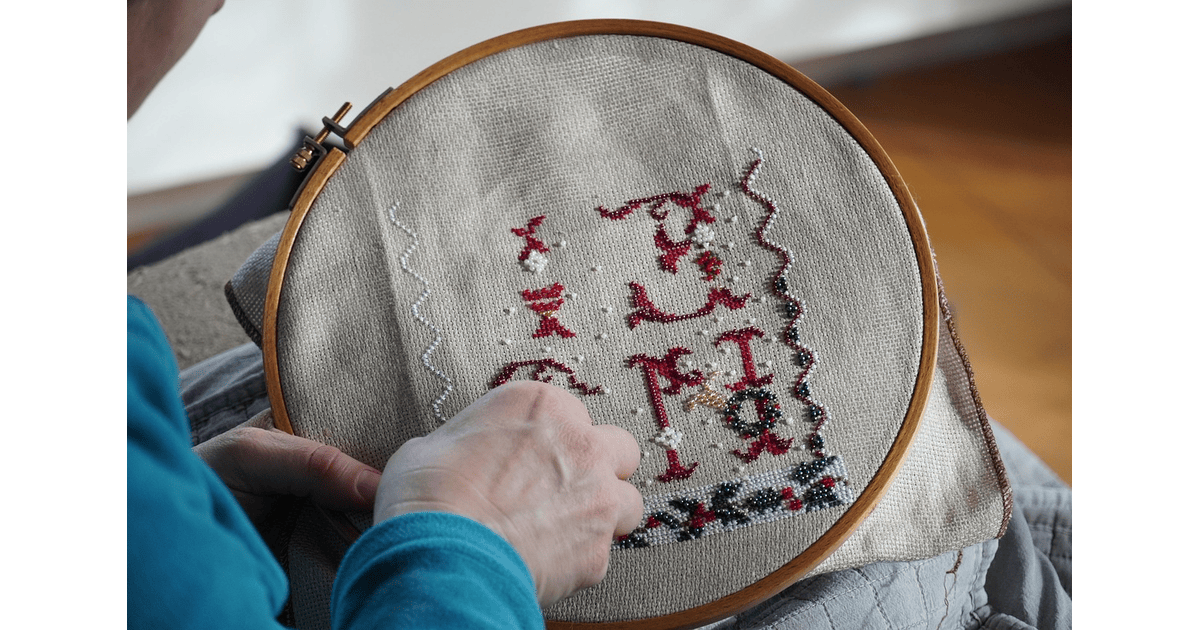
Traditional handmade embroidery, while of excellent quality, was slow and painstaking work. However, with the arrival of technology, things changed. Embroidery machines were introduced, making it possible to create intricate designs much faster. The old way of hand embroidery gradually gave way to automated machines like the Schiffli embroidery machine, which made production even quicker. Today, digital embroidery technology, like that used at Famkapparel, allows for precision and scalability, enabling us to produce intricate flaps for Agbada and Kaftan that maintain cultural authenticity while meeting modern demands for speed and consistency. If you want to know more, click here to read our comprehensive guide on digital embroidery.













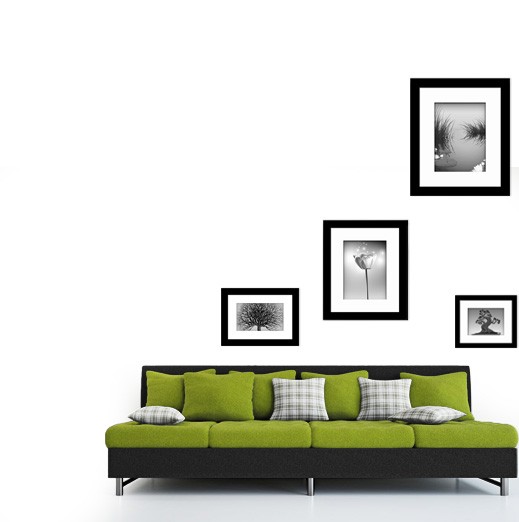
One thought on “A Brief History of Embroidery Evolution”